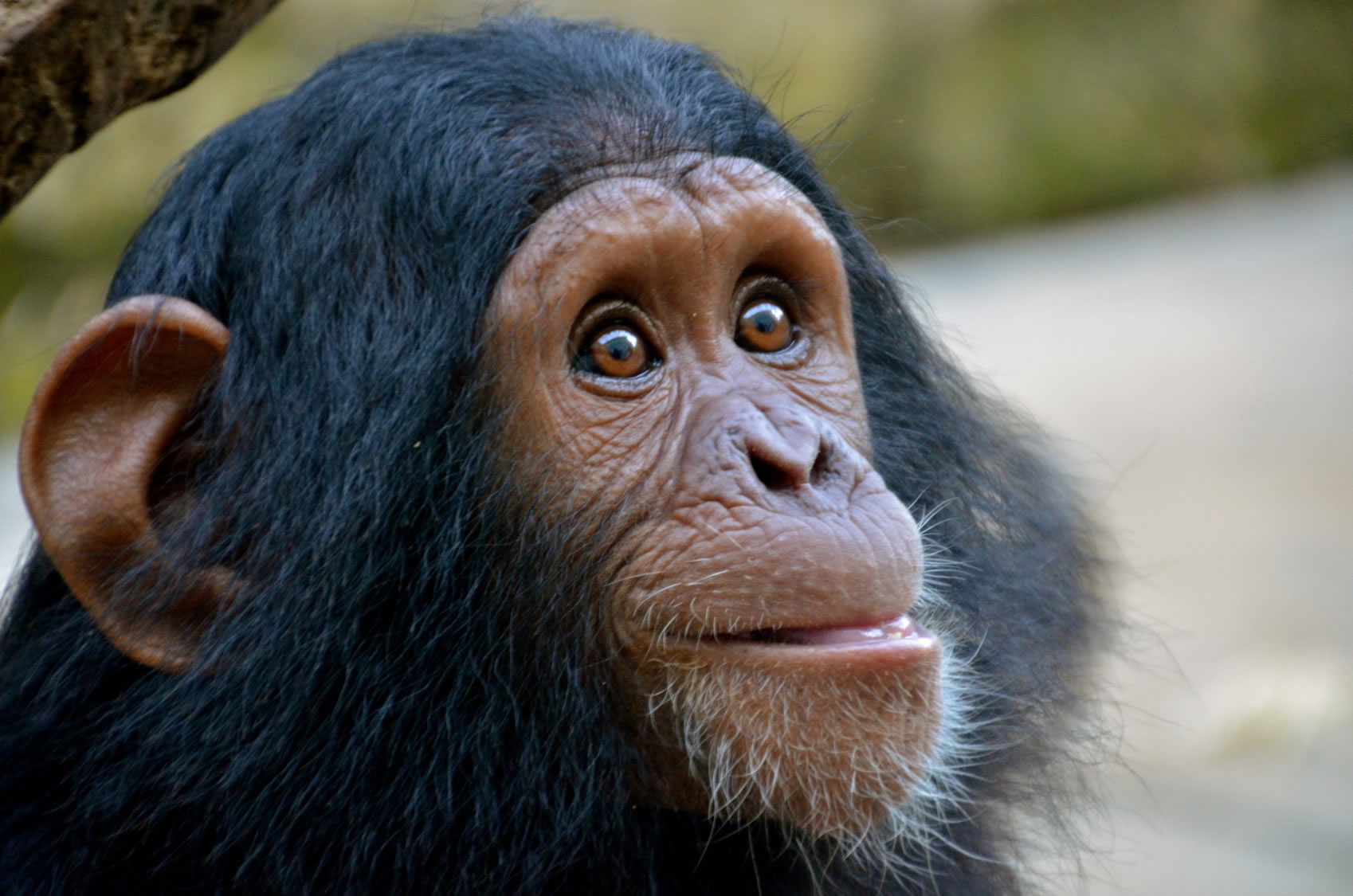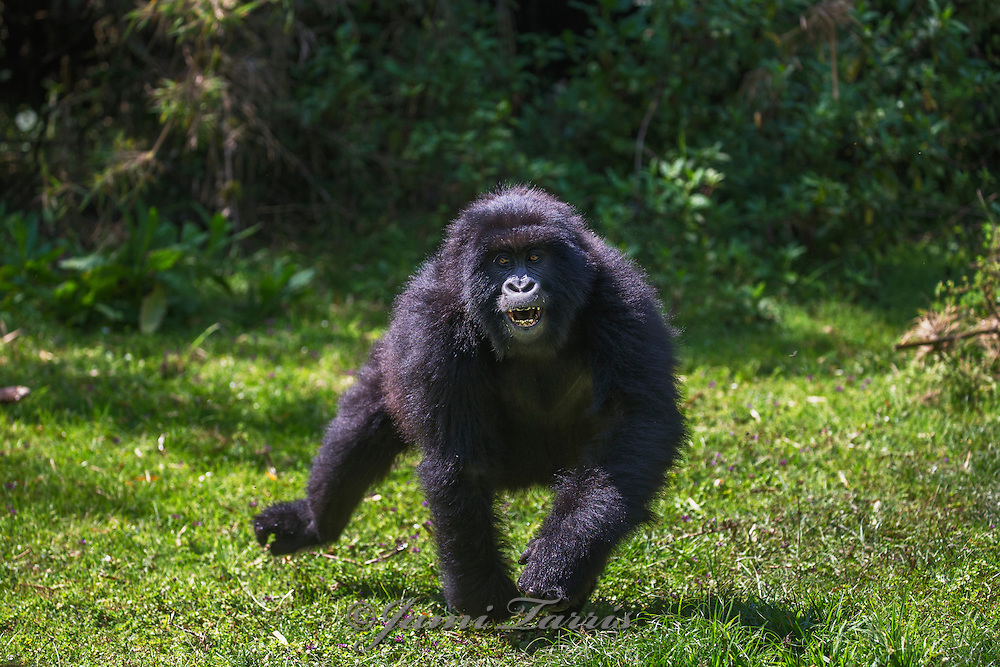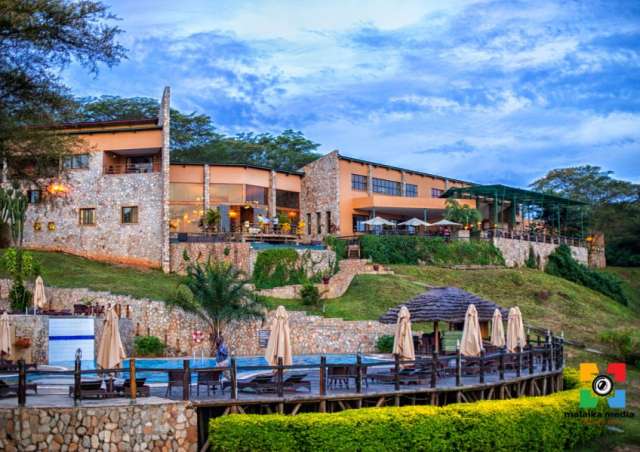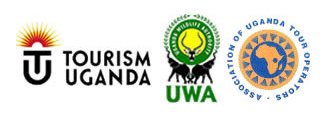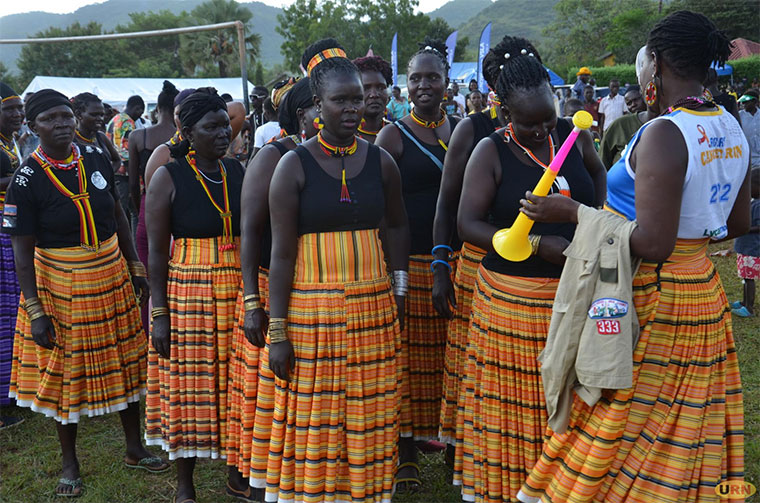
Karamojong People & Their Culture
Karamojong People & Their Culture
Karamojong People & Their Culture : Karamojong people are commonly referred to as the Nilotic ethnic group who are agro- pastoral herders living primarily in the northeastern region of Uganda. And their mother tongue, which is called nga Karimojong, is a very special language. It is part of the Nilotic language family. In the past, this Karamojong tribe used to live in the south of northeast Uganda, which is about one-tenth of the country. More importantly, these are the people who became part of a group that moved from what is now Ethiopia around 1600 AD and split into the Kalenjin group and the Maasai cluster. Other groups of people called Ateker moved west.
The Karamojong people are known in their culture as herdsmen who move with their animals to neighboring districts to find water and grass for them. But because there isn’t enough food and water in their land, the Karamojong have to talk to people from other groups.
In general, the Karamojong are an ethnic group of people who live in the northeastern Ugandan districts of Kaabong, Kotido, Napak, Moroto, Abim, Amudat, and Nakapiripiriti.There are still people who are descended from Nyangatom of Ethiopia and the nomad pastoralists who moved south around 1600 AD to find permanent places for their animals to graze and drink. During the move, the group split up. One group went to Kenya and settled near Lake Turkana, which is where they got the name Turkana. Also, the Turkan married people who had lived in the area before them, and their children are called Maasai and Kalenjin.
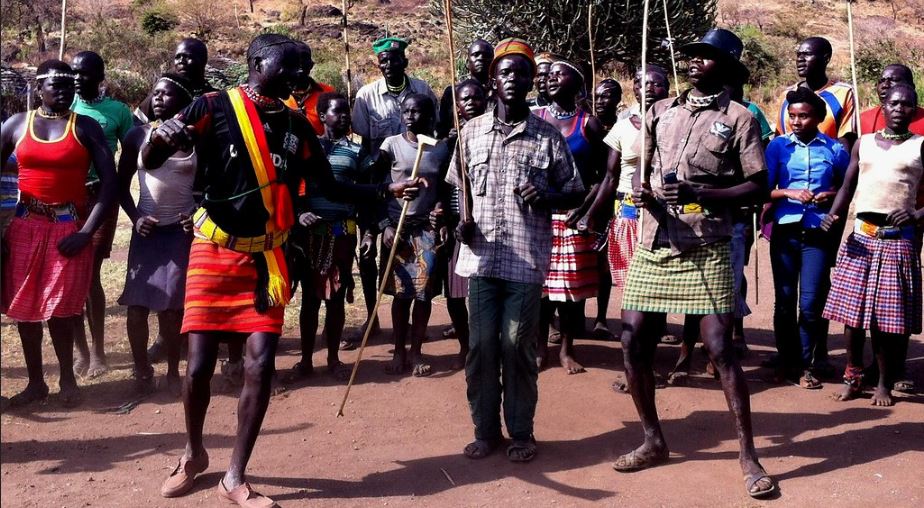
Then, the Jie and the Toposa of Sudan decided to move to what is now South Sudan. Surprisingly, the Karamojong are related to the Jie, who moved south into Uganda. The main things that all of the above groups do have in common are that they keep large herds of animals, live a nomadic lifestyle, wear similar traditional clothes, have body markings that hide a message, and have similar practices and norms. The young Jie people of Uganda continued to live a wandering life, going further south to look for fresh grass for their animals and water. But their parents got tired of moving all the time and decided to settle down where they are now.
In their native language, the Jie youth have a phrase that says “ekar imojong,” which means “the old men are tired and can’t walk any further.” Then, these young people started to marry people from their own groups. Their children are the Itesots of Eastern Uganda. The Karamojong have a language and society called Nga Karamojong and Nagi Karamojong, respectively.
But the Karamojong are also very proud of their culture and practices and like to stick to old ways. These are the people who have one of the most interesting traditions, which makes outsiders want to mess with their schooling, travel technology, dress and fashion, medicine, housing, religion, and other parts of their traditional way of life. In some ways, they are proud of their customs. We can see that the government tried to change their way of life by making them suspicious, but it takes them a long time to get used to the idea.
Even so, are traditionally nomadic pastoralists who moved around large areas looking for fresh pastures and water for their goats, cattle, sheep, and chickens. The Karamojong people pray to a god named Akuj, who they think gave them the right to all the cattle in the Karamoja region and the rest of the world. Traditional Karamojong life tends to revolve around animals, especially cattle. And their main food is raw milk and blood, which they get by puncturing a cow’s skin. Aside from fresh beef, they also eat smoked meat, cow ghee, smoked hides, yoghurts, and smoked meat.
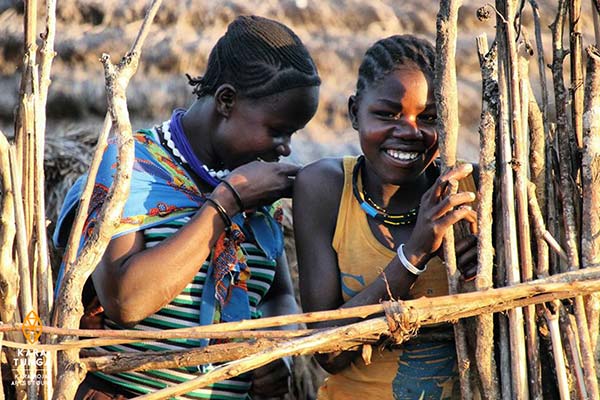
Depending on how many cows a family has, you can tell how rich they are, how important they are, and what their social standing is. Most of the time, cows are given as gifts for good character, success, friendship, and defending the community with courage and bravery. Boys start getting cows when they are young, which helps them build up their stock. In the past, the Karamojong put together groups of warriors and cattle thieves to steal cows from nearby communities and protect their own herds from raids by other communities. The Karamojong people who stole cattle were deadly gangs that used spears, arrows, and machetes.
They live in big homes called “manyatta” with their large families. The manyatta fences were built with thorny fences and wood to protect it from attacks by other cattle rustlers and wild animals. Since they are cow herders, they choose to put their livestock kraal in the middle of the manyatta. There, they make a campfire and stand watch all night.
In Karamojong, the manyatta has a lot of meaning. On the other hand, it is also a place where people learn from each other and pass down skills from generation to generation. In the manyatta, everyone has a social role that depends on their age, knowledge, skills, experience, gender, and other factors. To be homemakers, women and girls do most of the work around the farm. This includes fixing up the house, working in the land to grow food crops during the rainy season, processing dairy products, getting water from watering holes, and cooking meals for the family. The young boys and men move their animals around the semi-arid plains of Karamoja in search of fresh grass to graze on and watering holes.
In addition, Karamojong people tend to be tall and have darker skin, which may be because they get a lot of sun in their semi-arid homesteads. The native Karamojong have tattoos and piercings on their ears, noses, lower lips, and other parts of their bodies.
Dress code: They wear brightly colored clothes that cover the lion and breast area. Their sandals are made out of old car tyres, and they like to wear beads, cow-horn rings, copper bangles, cowhide materials, wild animal hides, bird feathers, and many other kinds of jewelry on their arms, lower lips, legs, neck, and waist.
Note: A real Karamojong herder must walk with or take a walking stick, a traditional stool, a spear, and a gourd for drinking.
On a safari to Kidepo Valley National Park’s untouched wildness, you’ll have a great chance to learn about the Karamojong culture by touring their manyatta and taking a break to talk to them and watch their traditional dances. Best to call it Africa Culture Safari.

